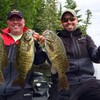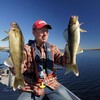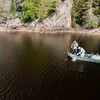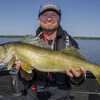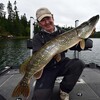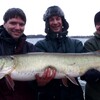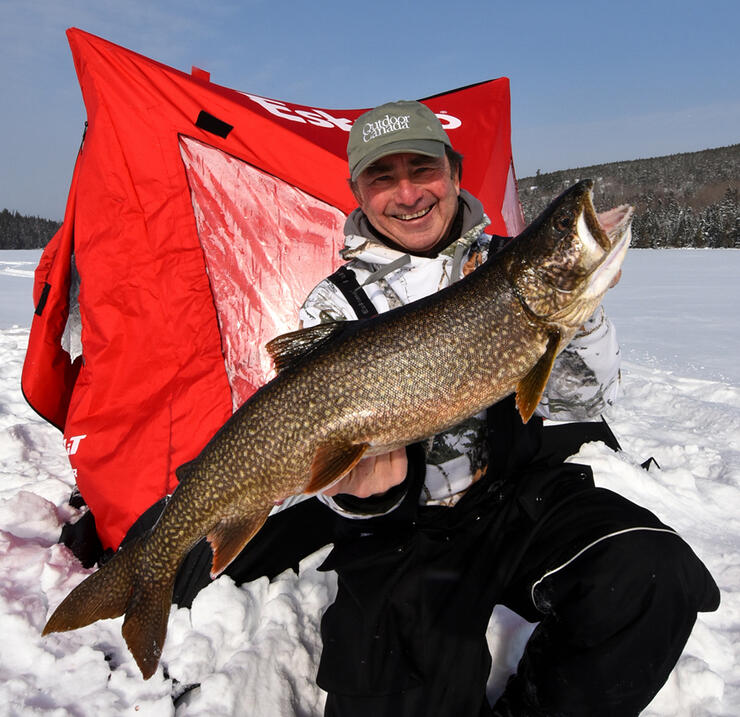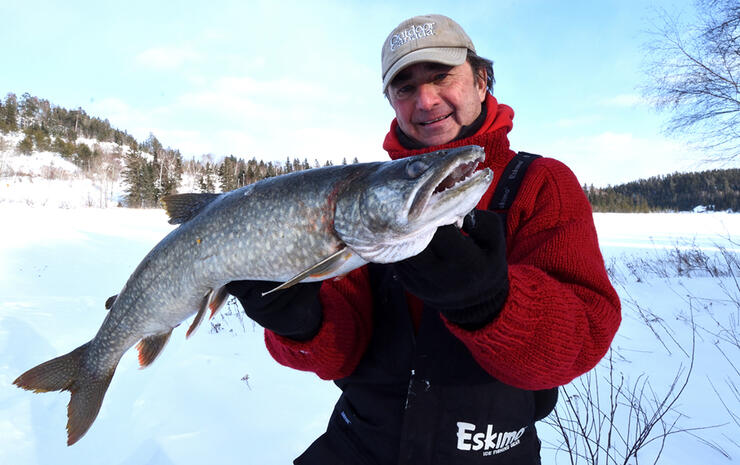
Learn to Be Slow in a Hurry
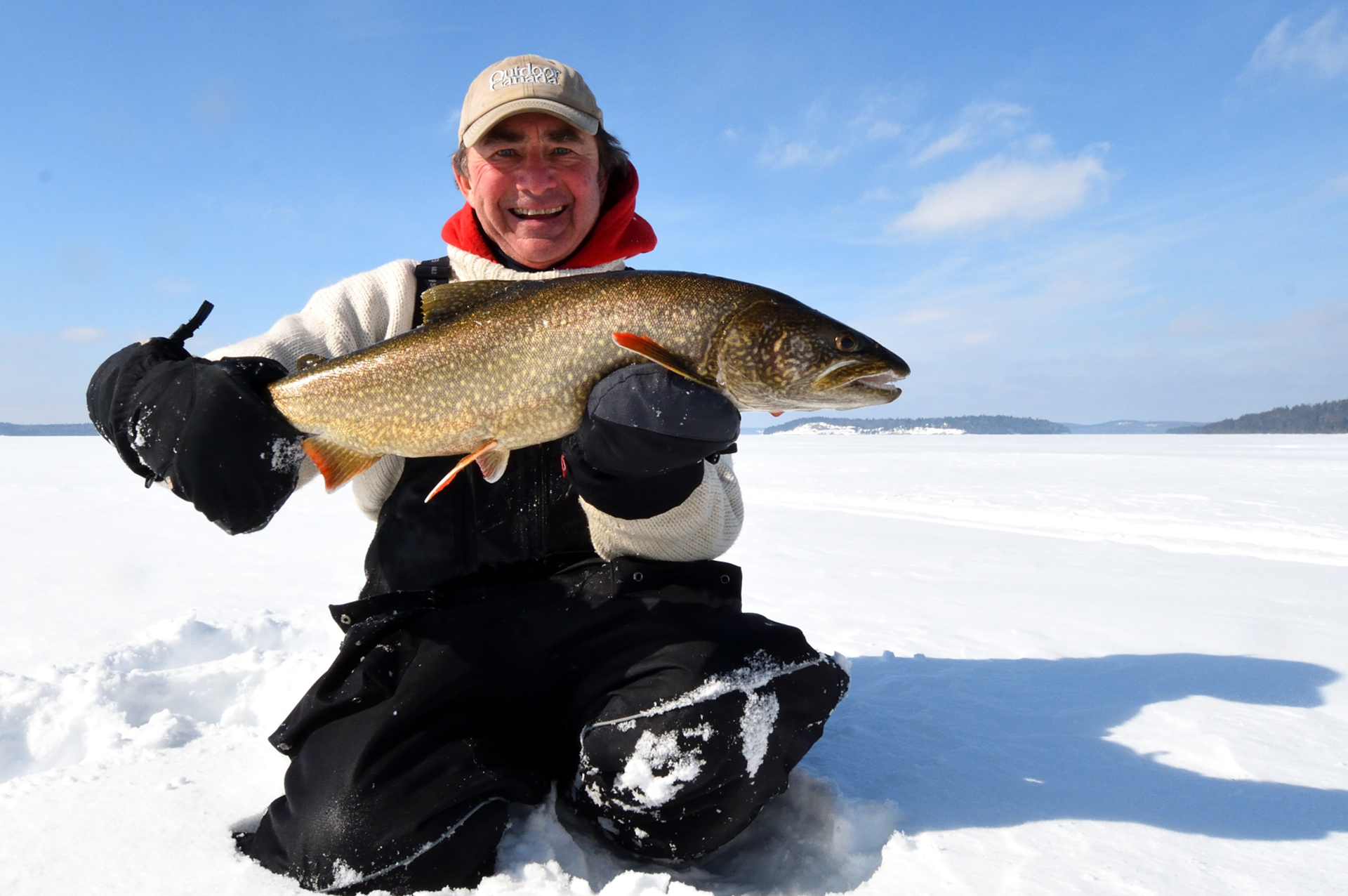
Editor's Note: This article was written back in the Spring of 2019.
As I write this on the first day of spring, with sunshine streaming through the window, I know that many of your hearts are fluttering feverishly like mine. But not, I suspect, for the same reason.
No, it is not because the open-water fishing season is on the horizon, although that is a great thought. Rather, it is because the best month of ice fishing across much of Northern Ontario is upon us. That's right, it is payback time for the snow and cold we have endured for the past several months.
Be sure to check the seasons: they vary across regions, but I don't care what you enjoy ice fishing for the most—walleye, black crappies, yellow perch, lake trout, speckled trout, rainbow trout, splake, whitefish, or northern pike—the next few weeks will offer the most enjoyable fishing of the entire winter season. And if the weather forecast is any indication, we'll be relishing the action in long-awaited, spring-like temperatures. So, dig out the sunglasses, slap on the sunscreen, and turn on the cameras because it is show time!
Ironically, however, because the fishing conditions are typically so good at this time of year, many visiting anglers miss a critical springtime presentation detail. They don't learn to be slow in a hurry.
If you're a Western history buff, you know that I can't take credit for that celebrated line as it was first echoed by Wyatt Earp, the professional gambler, buffalo hunter, and deputy city marshal of Dodge City, Kansas. Following the famous gunfight at the OK Coral, Earp is reputed to have remarked that being quick to draw your gun is fine, "but accuracy is final." He concluded that you "need to be slow in a hurry." And that's the way it is with ice fishing in the spring.
Because the vast majority of fish are spring spawners that lay their eggs shortly after the ice melts, they are starting to get restless, moving closer to where they will eventually mate. They are also feeding longer and more ravenously than at any time in the last five months. Even the fall spawning lake trout and whitefish can sense the meltwater percolating into the lakes and the ever-increasing periods of daylight.
More than ever, now is not the time to dilly-dally and linger on one fishing spot. Better to run and gun and check as many underwater points, sunken reefs, bars, and shoreline shoals as possible. Drill plenty of holes and assess as many different depths as necessary.
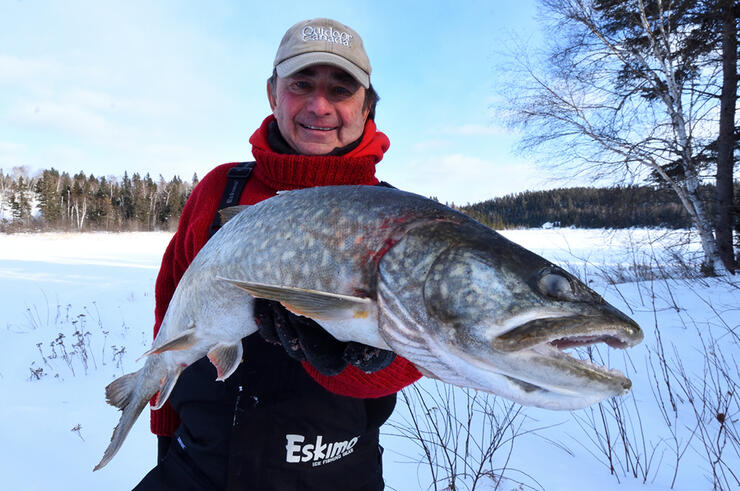
But, as the old western lawman said, while fast is fine, accuracy is final. Because the fish are gathering and moving in schools when you zero in on precise locations and specific depths and find them focusing on favourite foods, keep your aim focused.
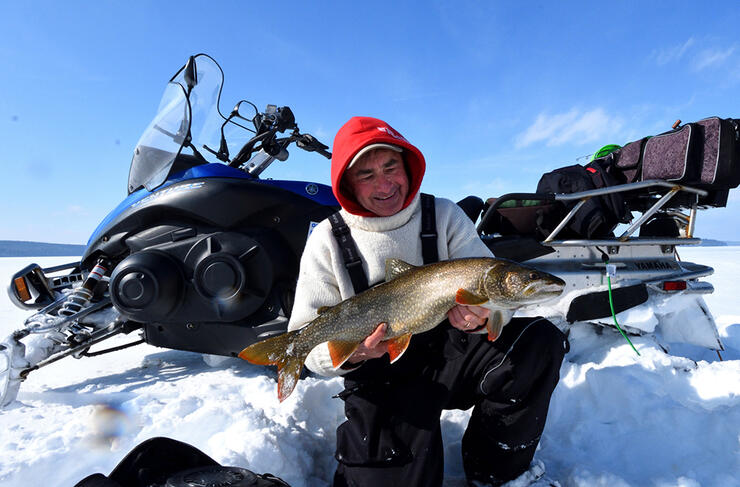
Early last week, for example, I spent a glorious day running and gunning on my snow machine on a backcountry lake trout lake. If I didn't catch a fish or have a bite within 30 minutes of stopping at a location, I moved on to the next spot. I jigged on the bottom, just under the ice and everywhere in between. And on the second or third spot, I caught and released a beautiful lake trout, paying close attention to the depth it was using. Then I duplicated and refined the pattern at the next spot I fished, and again at the one after that, and enjoyed an amazing day on the ice. And once I was certain of the lure the trout desired and the speed that excited them the most, I gave them what they wanted.

Ditto later in the week when my grandson Liam and I hosted young friend Dustin Moncrief and his mother, Lynda. We quickly rotated through a long list of tried-and-true walleye and jumbo yellow perch presentations before we discovered that the fish had their hearts set on a gold Kastmaster spoon tipped with a lively minnow. We replicated the pattern for the rest of the day and knocked the ball out of the park.
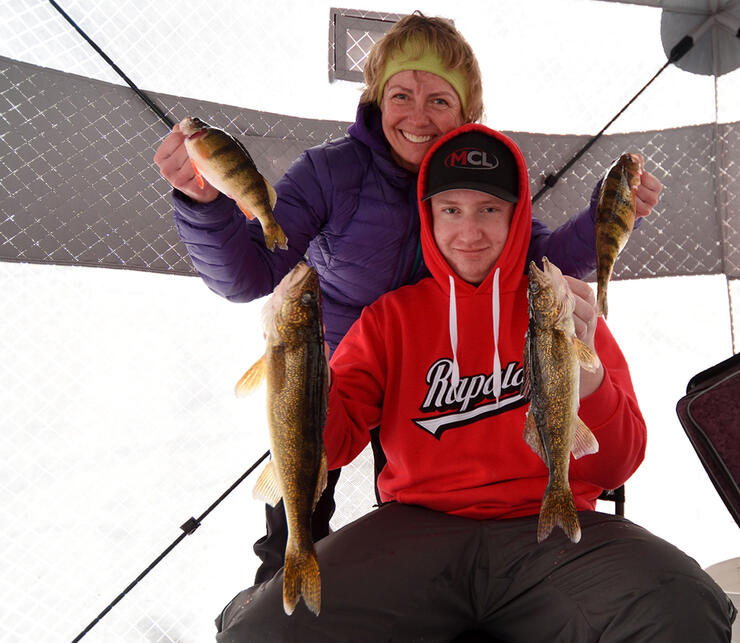
Tomorrow, or the next day, however, the weather is likely to change and with it the location and presentation details preferred by the fish. But if you take Wyatt Earp's teaching to heart, and remember that fast is fine but accuracy is final, and you learn to be slow in a hurry, you'll be a Northern Ontario fish slinger.
Recommended Articles

Cast Into the Heart of a Walleye Paradise

Reaching Deep For Walleye

3 Great Ontario Walleye Destinations

20 Years With Fish TV!
Don’t Be Afraid Of Muskies
Sniping For Lake Trout
Bronzebacks of the Whalesback

Eating Northern Pike
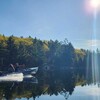
Ten Mile Lake Lodge

10 Facts About Lake of the Woods
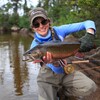
Ontario Fly Fishing Hotspots

Tactical Trophy Trouting
Ontario Brook Trout

5 Big Water Ontario Fishing Locations
Top 8 Places to Ice Fish in Ontario

Ideal Christmas Gifts For The Northern Ontario Ice Angler
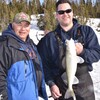
Big Lake Abitibi
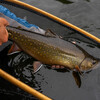
Adventures on the Nipigon River

Long Nose Gar
